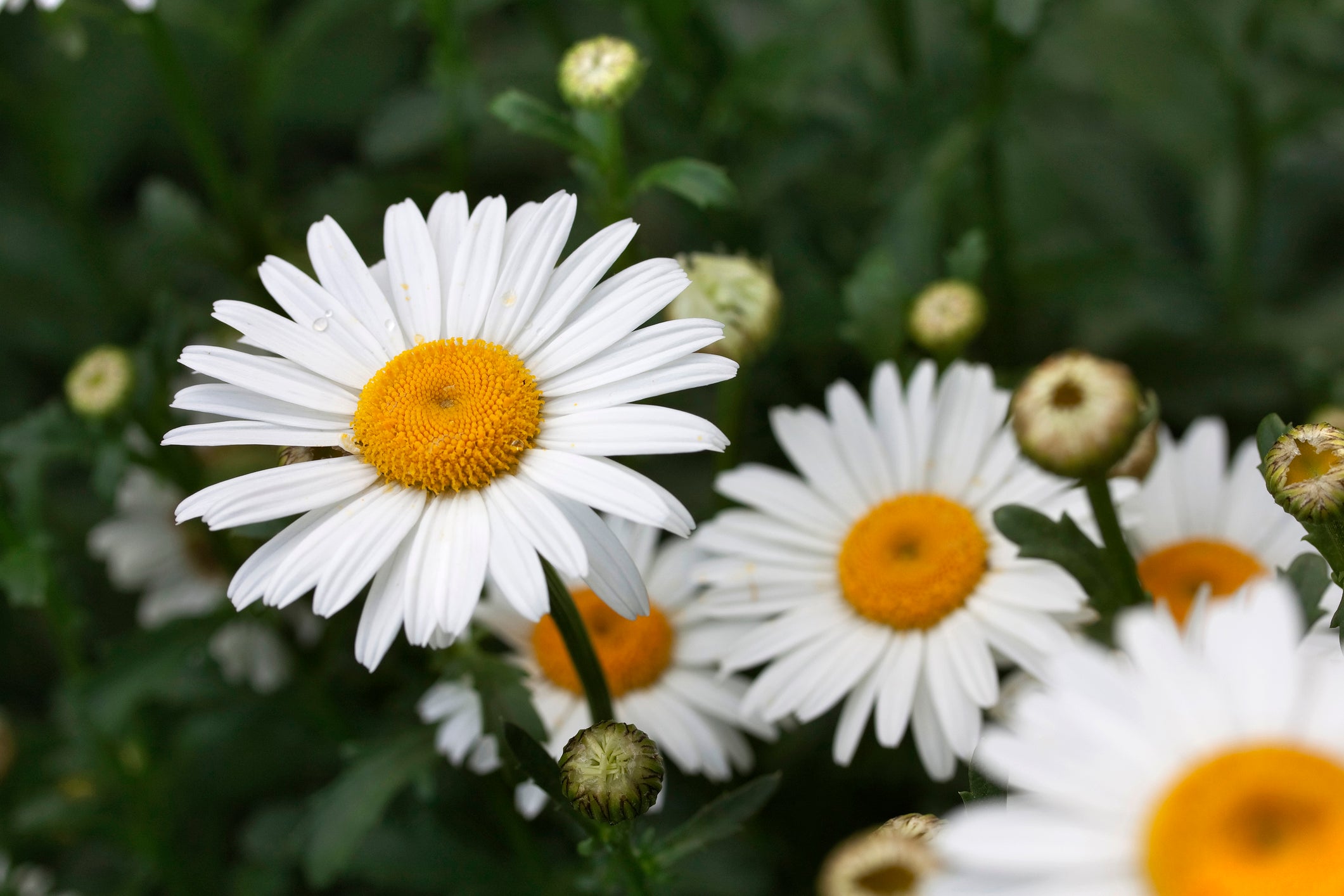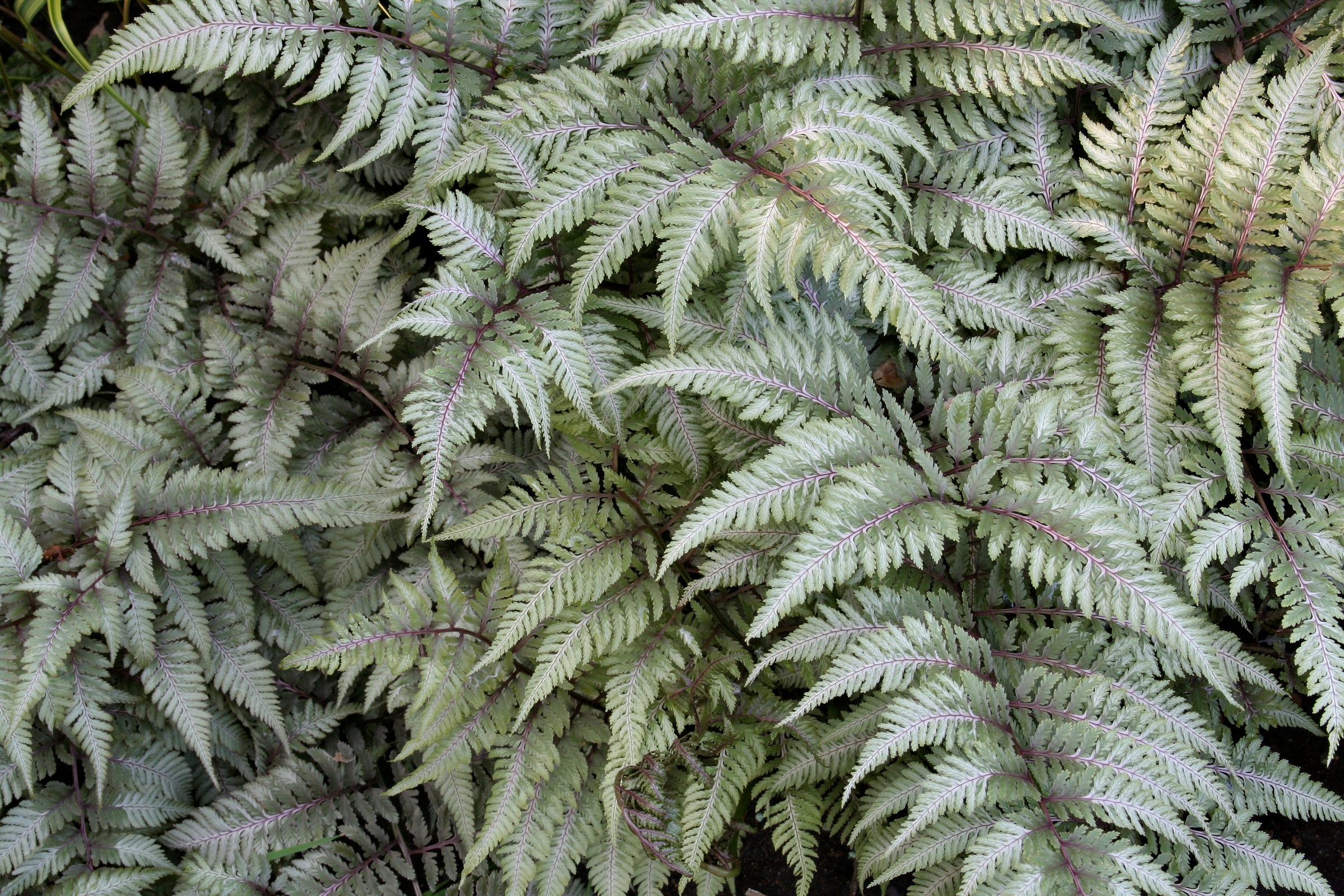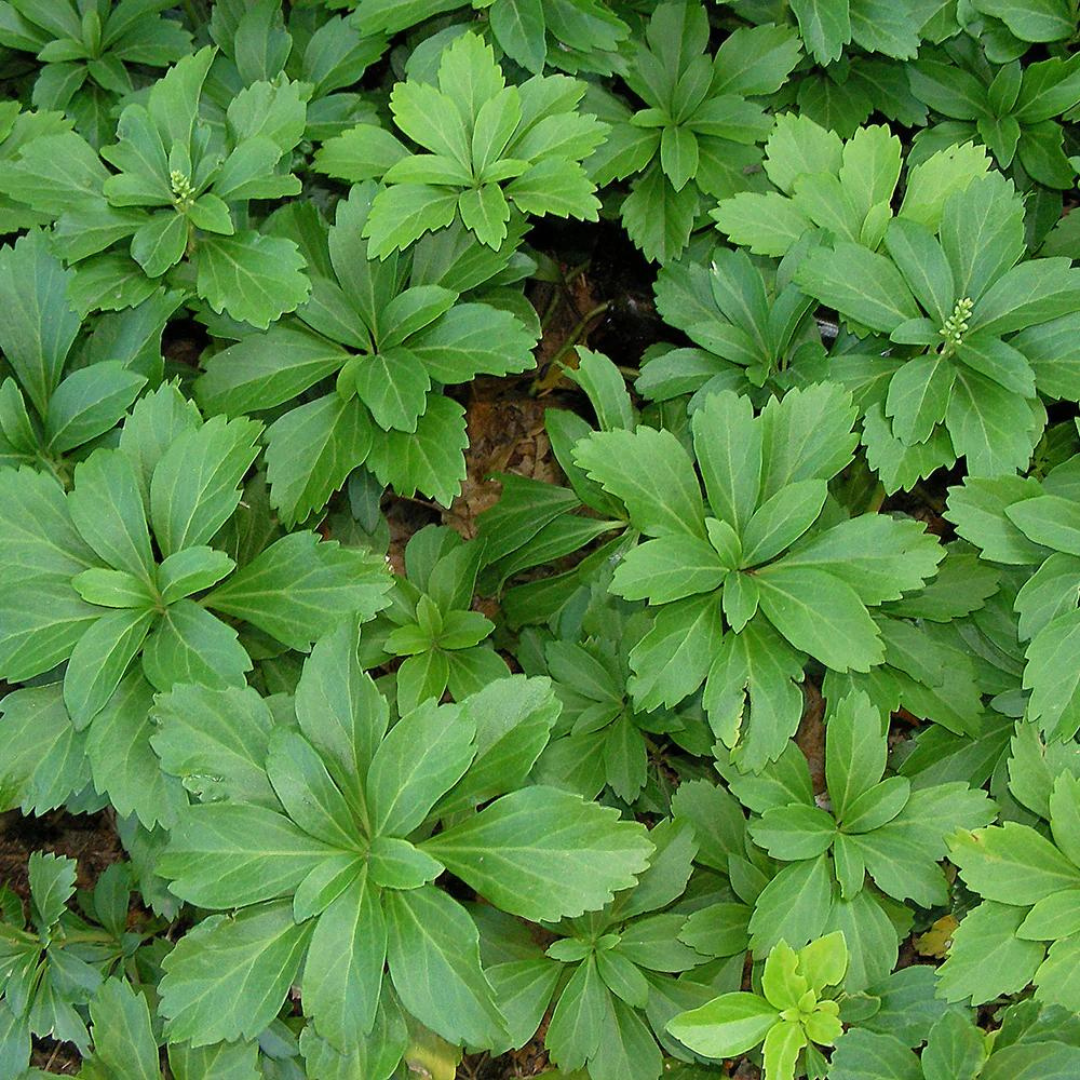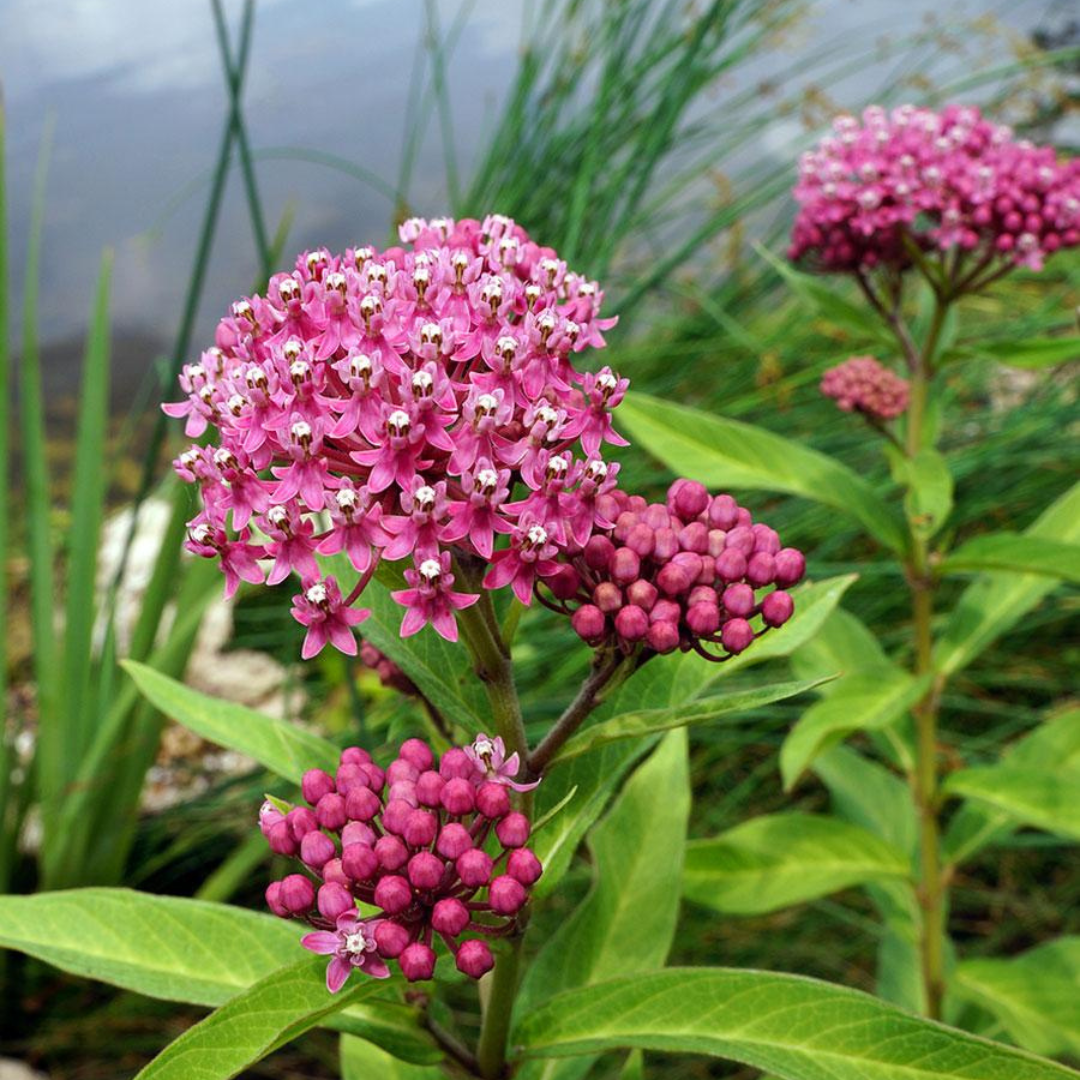
Miscanthus 'Giganteus'
Add to Wishlist Full Sun
Full Sun
 Partial Sun
Partial Sun
 Drought Tolerant
Drought Tolerant
 Deer Resistant
Deer Resistant
 Low Maintenance
Low Maintenance
- In stock, ready to ship
- Backordered, shipping soon
Miscanthus × giganteus: The Gentle Giant of the Grass World
Majestic in scale and presence, Miscanthus 'Giganteus' lives up to its name with towering stems and broad, arching leaves that bring bold vertical structure to large-scale plantings. Growing up to three metres tall in a single season, it forms dense, upright clumps that sway gracefully with the wind. Late-season plumes emerge soft and silvery above the foliage, catching the autumn light and standing tall well into winter. Despite its size, it has a refined habit and remarkable adaptability, thriving in sunny borders, naturalized meadows, and even as a privacy screen.
Plant Characteristics:
- Height: 250–300 cm (in flower)
- Spread: 120–150 cm
- Flower Colour: Silvery-white
- Flowering Period: Early fall
- Foliage: Broad, arching green leaves with a pronounced midrib; golden tones in fall
- Sunlight Requirements: Full sun
- Soil Requirements: Moist, well-drained to average soils; drought tolerant once established
Uses and Benefits: Best suited for expansive borders, windbreaks, or architectural backdrops, 'Giganteus' provides unmatched height and volume without becoming unruly. It’s especially effective in meadow-style plantings and naturalized settings, where its seasonal plumes and rustling foliage add drama and sound. This sterile hybrid is non-invasive, making it a safe and sustainable choice for gardeners seeking scale and presence.
Companion Plants: Complement the height of Miscanthus 'Giganteus' with bold-textured Rudbeckia maxima, whose massive blue-green leaves and yellow spires echo its grandeur. Add Aster laevis for a cloud of lavender-blue daisies in fall. Weave in Veronicastrum virginicum to introduce vertical spikes and soft pastel tones that blend seamlessly with the grass’s airy plumes.
Care Instructions: Plant in full sun in fertile, well-drained soil. Water regularly during the first growing season to establish deep roots; drought tolerant thereafter. Cut back stems to the ground in early spring before new growth begins. Divide every 4–6 years in spring to rejuvenate large clumps if necessary.
History: A naturally occurring hybrid of Miscanthus sinensis and Miscanthus sacchariflorus, 'Giganteus' was originally selected for biomass production but has earned admiration in ornamental landscapes for its scale, beauty, and ecological reliability. Its sterility ensures it won’t self-seed or spread aggressively.
Final Thoughts: Towering yet elegant, Miscanthus 'Giganteus' delivers unmatched structure, movement, and seasonal interest—perfect for gardeners looking to make a statement with nature’s softest skyscraper.






